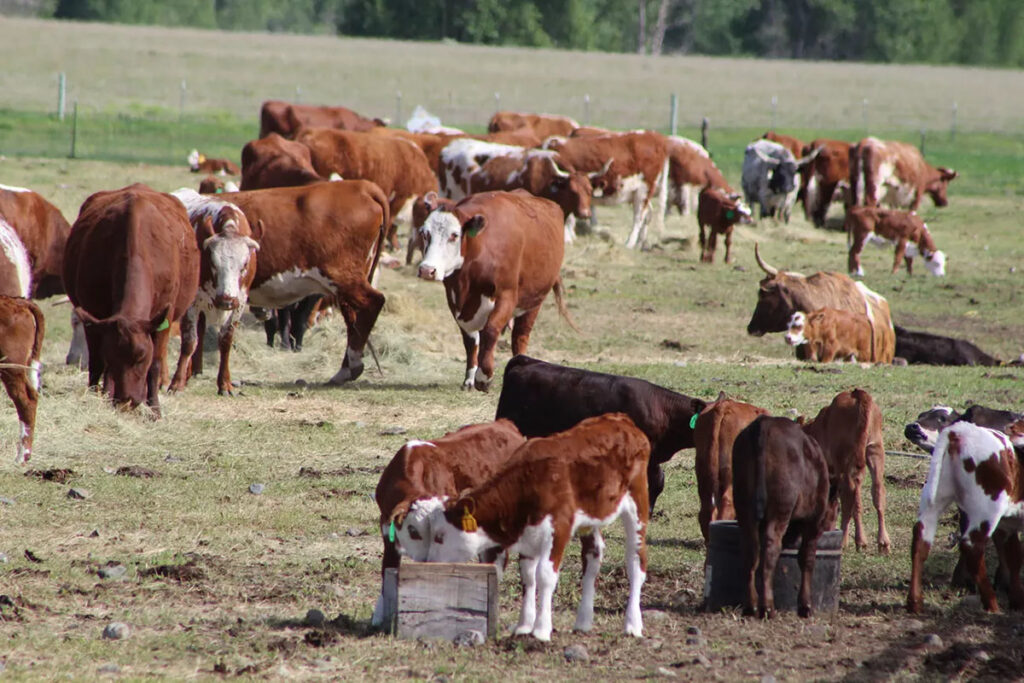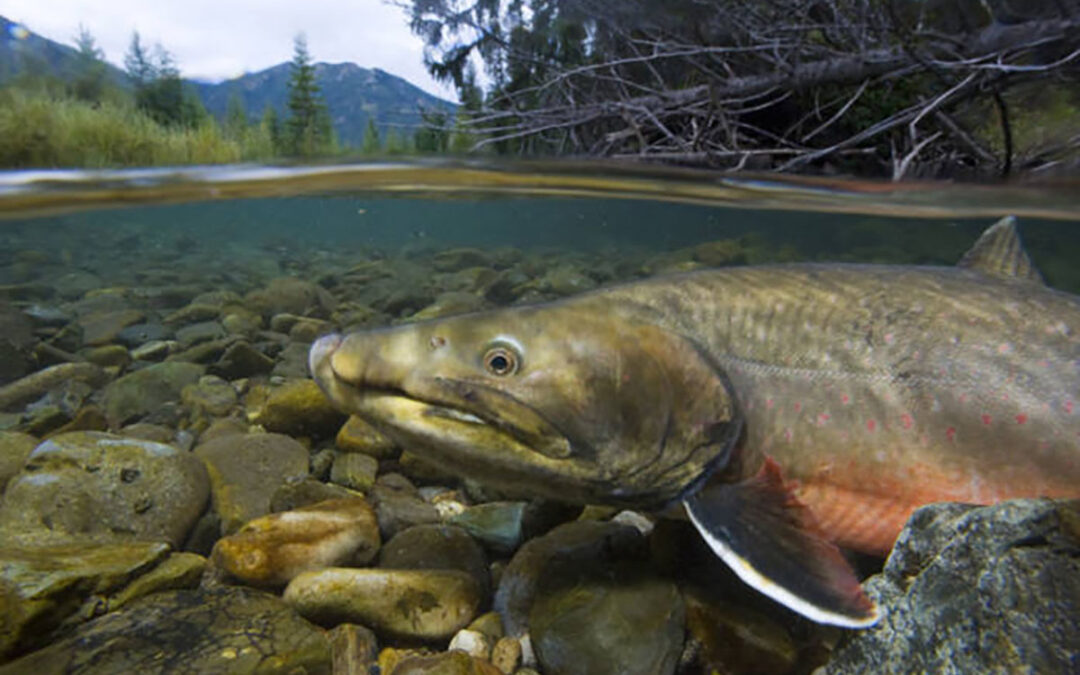Photo by US FWS
The Clark Fork River is federally-designated “critical habitat” for bull trout, a “threatened” species under the Endangered Species Act since 1999. The Upper Clark Fork is also part of the nation’s largest Superfund site, having suffered severe pollution from flushing a century of toxic mining and smelting waste downstream.
Hundreds of millions of dollars have been spent trying to restore life to this embattled river by removing toxic tailings from its banks. Now, it is absolutely necessary to ensure the river contains enough water to support the aquatic ecosystem and provide the clean, cold, and connected river system that bull trout require to exist.
Yet, a massive amount of the Upper Clark Fork’s scarce water is diverted into the West Side irrigation ditch to grow hay, including on the Grant-Kohrs Ranch, which is owned by the National Park Service and operated as a ‘cultural display’ of a working ranch from the late 19th century. If you agree with us that the Park Service shouldn’t be dewatering bull trout habitat to grow hay for cows, please help us fight to protect bull trout habitat from the Park Service.
The ranch irrigates 413 acres and has water rights for more than 500 acre-feet. An acre foot is the amount of water necessary to cover one acre a foot deep. The result is that every acre on the ranch can get more than a foot of water simply to grow hay while the river goes dry and the bull trout face extinction.
In most years, the West Side Ditch takes 50% or more of the Upper Clark Fork flow in mid-to-late summer. In drought years, which are becoming ever more frequent in the West, the diversion takes upwards of 90% of the river’s flow. There is simply not enough water left in the Upper Clark Fork River after this diversion. The extent of dewatering has altered bull trout critical habitat so adversely that the species can no longer survive in that portion of the Upper Clark Fork, much less migrate to headwaters streams to spawn.
Because bull trout are ‘threatened’ under the Endangered Species Act, it is illegal to kill them—and any activities that ‘harm or harass’ listed species require an ‘incidental take’ permit from the U.S. Fish and Wildlife Service.
We sued the Department of Interior three years ago, in May 2002, over some of the same issues but agreed to drop our lawsuit after the government promised to fund improvements on the diversion and fund fish screens to keep fish out of the irrigation ditch. They haven’t kept their promise.
Of course the Alliance for the Wild Rockies supports preserving Montana’s historic places, but it’s fair to say the bull trout, which have inhabited the Clark Fork River since the last ice age, have occupied a much longer part of Montana’s history than the 1850 ranch, and they shouldn’t be driven to extinction for a cultural display.
Put it all together and it’s clear why the Alliance for the Wild Rockies and Save the Bull Trout filed a lawsuit on June 17 against the National Park Service under the Endangered Species Act to require it follow the law, adequately consult with the U.S. Fish and Wildlife Service on how to stop killing bull trout, and cease the activities that are destroying bull trout critical habitat.
We have millions of cattle in Montana, but there are very few bull trout left, especially in their historic spawning areas of the Upper Clark Fork River. Considering the Clark Fork River was a healthy river full of bull trout when the Grant-Kohrs Ranch was founded in 1850, the question is whether the Park Service should destroy bull trout critical habitat for a historic ranch display when simply growing less hay can help return the Clark Fork to a living river where bull trout can once again survive, spawn, and avoid extinction.

NPS Photo/Michael Oestriech
Please consider helping us prevent the National Park Service from driving bull trout to extinction on the Clark Fork River.
Mike Garrity is the Executive Director of the Alliance for the Wild Rockies.
